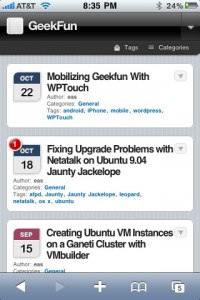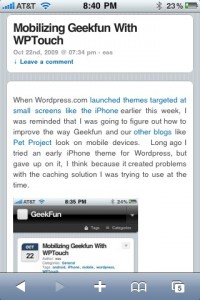Shortly after Obama took office, his administration launched the “Recovery.gov” website. Â I found it notable that it was built on Drupal, an open source community content management system, on a short schedule and small budget.
When I posted about it, quoted a Reddit commentator who claimed to have been involved in its implementation. Â In addition to providing information about the schedule and budget for the site, he said they were currently engaged in trying to move the Whitehouse.gov website from a microsoft-based system that was developed under a $20M outside contract, over to Drupal or some other open-source framework, like Django, or Rails. Â Well, this week we learned how that turned out.
A new version of Whitehouse.gov was launched last week. Â It was built on Drupal. Â Selection of the platform and development and operation was contracted to General Dynamics Information Technology, so you can be sure it wasn’t done on the cheap. Â Still, it is a great change, and it looks like some of the work was subcontracted out to Drupal creator, Dries Buytaert’s firm, Acquia.
Drupal was started in 2000 as a discussion board and news site for Dreis Buytaert’s dorm. Â The Howard Dean campaign commissioned improvements to underpin their strong social media strategy. Â That work lead to Drupal’s use by a lot of political and social organizers, including the Obama campaign.
I continue to think that the story of how Drupal went from a college dorm to the Whitehouse in less than a decade is an interesting thread connecting a much lager story:
It should provide a great lens for examining the rise of OpenSource software post the dotcom crash, the blossoming of social software, the evolution of political organizing and fundraising in the Internet-era, the role of agile development in government IT, and the role of the Internet in reshaping and opening government. Plus, it started in a dorm, so I’m sure there is some sex, drugs, and rock and roll in there too.
If those things don’t fascinate you, what the hell are you doing reading Geekfun?
(Tim O’Reilly adds and interesting perspective)

